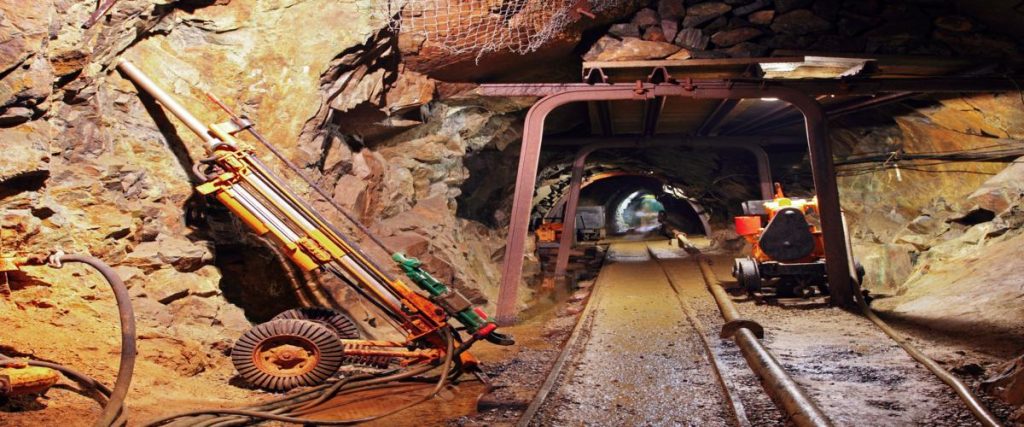
The process of Extracting Coal from the ground can be conducted via two methods:
• Surface mining
• Underground mining
Both these techniques include different types of mining, but all f them use giant machines to remove coal from under the ground. They are two most basic methods that miners use to quarry coal. While surface mining is used for coal that can be found anywhere from the surface to 200 feet below, underground mining is used for coal that is located lower.
In surface mining, the top layer is removed which may include plants, soil rocks. This exposes the coal below the top layer. It is then excavated out. Once all the coal has been removing, the top layer of soil and rock is returned to its original position. The region is generally revegetated after mining is closed. This allows the land to be used as:
• Wildlife habitat
• Commercial purpose
• Industrial use
• Cropland
• Recreational Area
Surface mining is more economical than underground mining. It is most commonly used in the US. Because most of the coal is found just under the surface, reclaiming the land after the closure of mine is far simpler. The different types of surface mining that can be used are:
1. Strip mining
2. Auger Mining
3. Open-pit mining
4. Mountain removal mining
The second fundamental method of extracting coal is underground mining. This technique is used when the coal is buried deep inside the earth. The machines used for this type of coal extraction can excavate at depths of more than thousand feet. The coal itself is cut out from rocks using machinery. It is brought to the top using massive conveyor systems. Very deep coal mines are outfitted with elevator shafts so that miner and coal can move to and fro from the point of excavation to the surface. There are three methods that can be used in underground mining – room-and-pillar, long wall, or short wall.
Once the coal has been removed from the mine, from either of the techniques, it is taken to a preparation plant. This plant is located near the site of mining. Here the coal is cleaned and processed. All the unwanted material like dirt, sulphur, ash, and debris is removed from the coal. This increases the value of the coal. After cleaning, the coal is sorted depending on the size and quality of it. The last step of coal extraction is transportation.
The coal is shipped to various locations after processing and sorting. The transport can be done by:
• Railway
• Roadways – trucks
• Waterway – barges
• Or slurry pipelines
The choice of transportation is dependable on the distance the coal has to travel, and the type of conveyance the destination has access to. For instance, using the rail to transport coal to a place that has no station or railway line is not the correct choice. Another example is using trucks to send coal when a quicker way would be to use a barge.

